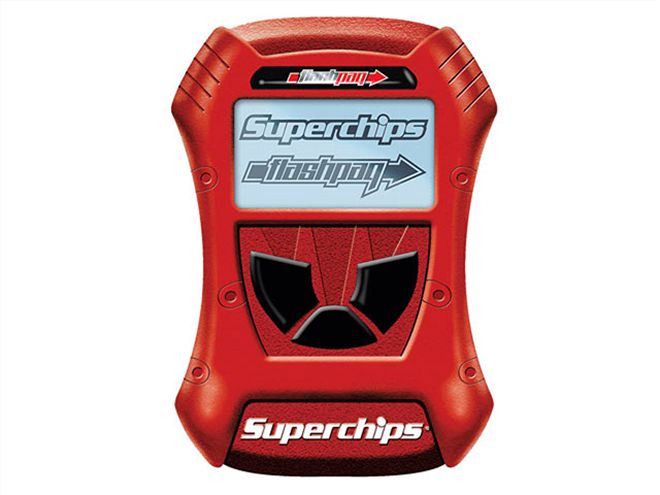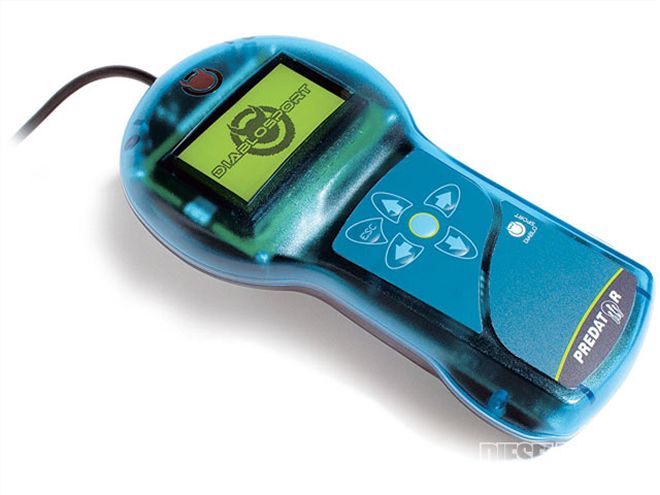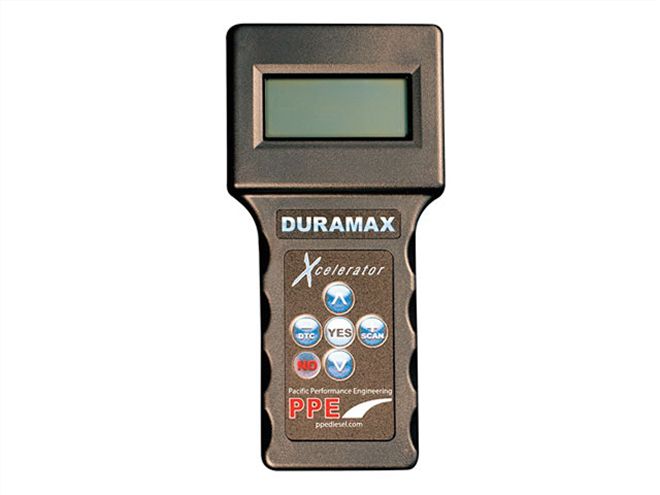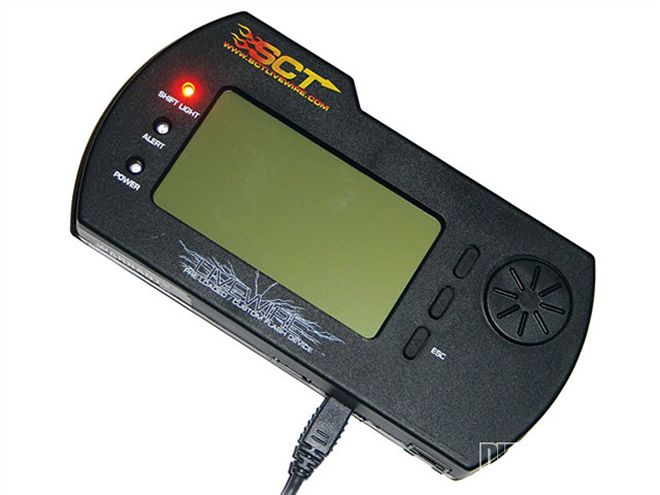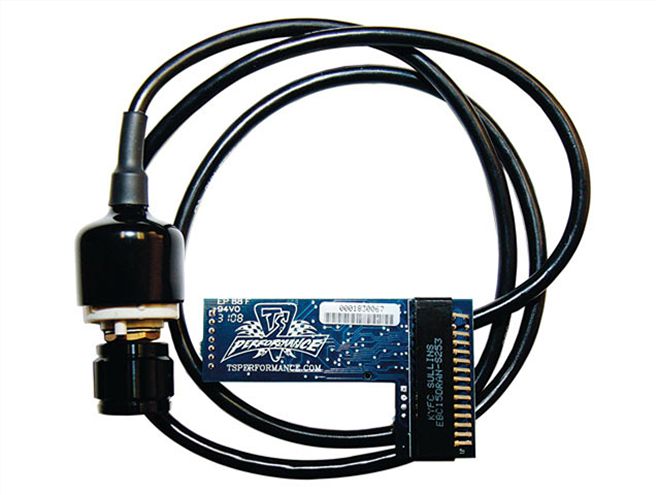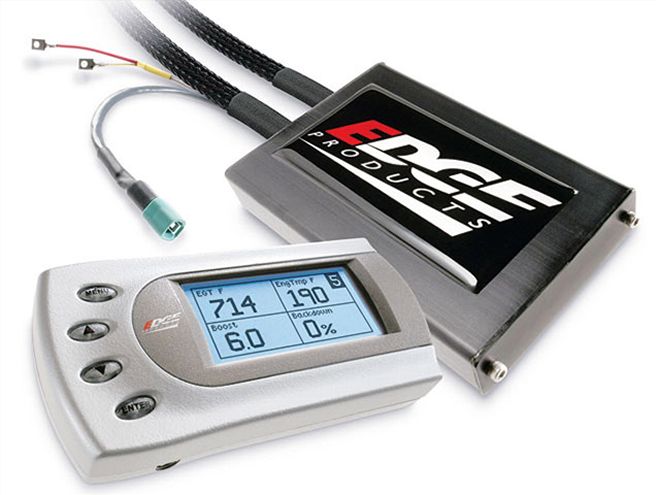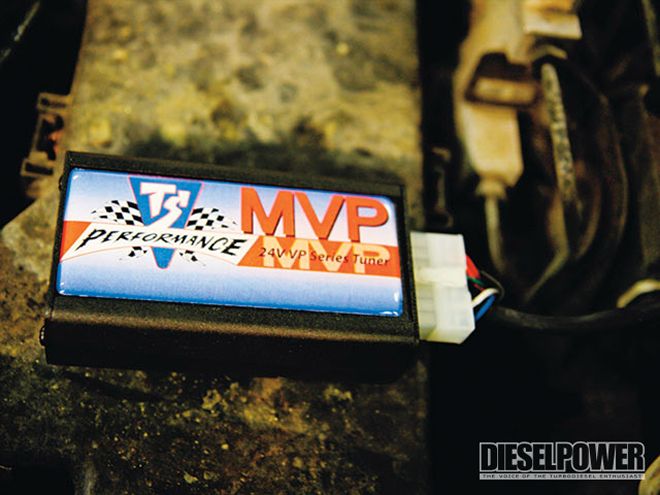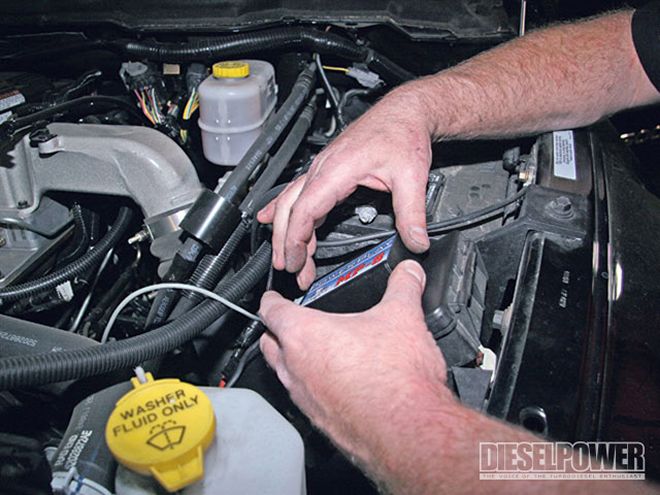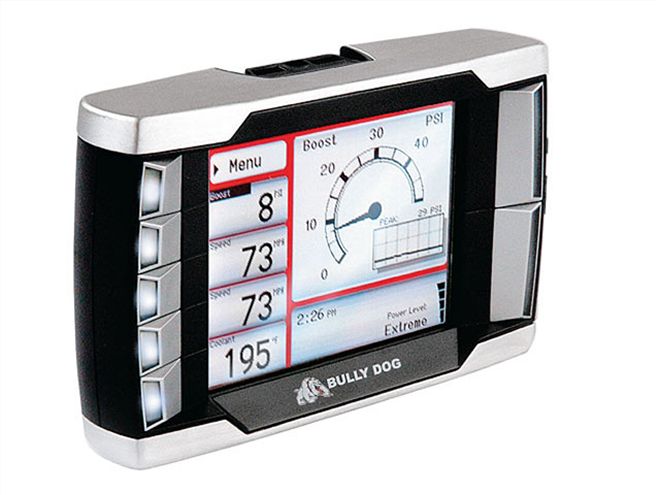
| programmers Modules Chips bully Dog
When the mechanical diesel engine days came to an end in the mid '90s, it was the dawning of the electronically controlled diesel era, which has ballooned into the current plug-and-play culture we're now in the midst of. From the early days when six-position chips were used to hijack your engine's Powertrain Control Module (PCM) to today's endless custom tuning options for any make and model, the aftermarket has come a long way. Whether it's a programmer, tuner, pressure box, module, or chip, there is something out there for everyone, as electronic power adders are now just as common as the diesel engines they interface with.
ChipsIn its most basic form, an aftermarket computer chip plugs into the factory computer, effectively overriding preset parameters. It allows the engine to make more power through increased fuel injection timing and injection pressures. In addition, the rev limit of the engine can be increased. The result is that you gain fuel efficiency, and more power is on tap. However, the result is two-fold: while better fuel economy can be achieved, driver input (via the right pedal) is the sole determining factor.
An early example would be the six-position chips for '94-'03 7.3L Power Strokes, which, due to OBD-II not being mandated until 1996, took advantage of the existing PCM location. Without downloading any information onto the computer, the chips simply piggyback to the back of the PCM's circuit board (J3 service port). Through the use of automotive tuning software, these hardwired chips can be re-programmed with different tunes by many different aftermarket companies.
ProgrammersChanging the factory-programmed settings is possibly the easiest modification you can make. Also called downloaders, or tuners in some instances, a handheld programmer downloads custom tuning by connecting to the vehicle's Assembly Line Data Link (ALDL) or OBD-II port under the dash. Programmers download information directly onto the PCM, making power output the main concern, rather than efficiency, emissions, and drivability. Along with increasing injection timing, injection pressures, pulse width, boost, and the engine's peak operating range, some programmers can also raise the top speed limiter, recalibrate the speedometer to accommodate larger tires, firm up transmission shifts, and read diagnostic trouble codes (DTC).
Some programmers can be adjusted on-the-fly, while others can only operate on one setting at a time, requiring you to turn the truck off, or pull over in order to download a different program. Off-the-shelf programmers with pre-loaded tuning will offer considerably more power over stock for the entry-level enthusiast. On the other hand, programmers that can be uploaded with custom tunes have the potential to unlock serious amounts of power over stock. Best of all, many programmers currently on the market can be updated using install software, and the Internet. New and improved tunes can even be sent and received by email.
Modules And Pressure BoxesMost modules can be described as boxes that intercept factory signals sent to the ECM (basically, lie to the ECM, relaying the message that all vitals are okay). Modules often tap into the engine's manifold absolute pressure (MAP) sensor, and the controller area networking (CAN-bus), allowing the module to re-map both the timing and fueling parameters of the engine, and the turbo to build more boost without the ECM detecting it.
Some modules even come with display monitors that can provide readings on EGTs, boost, fuel pressure, oil pressure, throttle percentage, engine load, speed, and rpm. In addition, some modules give off warnings when overboosting, high EGTs, and transmission temperatures are too high, or when fuel pressure, and oil pressure are too low.
On common-rail engines, a pressure box ties into the rail-pressure and manifold absolute pressure sensors. Basically, the box takes the signal from the fuel rail and tells the computer it is not making enough pressure, which in turn makes the pump respond by pumping more fuel.
Stacking Programmers And BoxesThere's no doubt that factory fuel systems are programmed very conservatively, which is why so much more power can be gained from stacking programmers with boxes. Boxes can make more power in three ways: increasing injection timing, injection duration, and fuel pressure. Some boxes only increase fuel pressure, others only increase timing and duration, but some increase all three. As mentioned above, by tapping into the MAP sensor, a module prevents the ECM from throwing an overboost code. Several aftermarket boxes can provide a boost-fooler-type feature as well, effectively allowing the turbo to double its boost pressure without the computer realizing and reporting there is a problem.
Some aftermarket boxes stack very well with programmers, especially on the common-rail Cummins. In some cases, stacking the two allows the box to solely control rail pressure, which increases fueling on top of what is also gained from the programmer.
The main drawback of stacking is that timing can be greatly increased. Injection timing and duration boxes alter the timing of when and how long the injectors fire. Too much timing can increase cylinder pressures to the point where your engine is in jeopardy. And, while your engine may make more power with more timing, it is extremely hard on pistons, and the engine in general, which can be catastrophic if you're not careful.
EfiliveSolely available for Duramax owners, EFILive tuning can yield serious power gains for the 6.6L. Arguably, no single tuning software empowers the diesel owner quite like EFILive. With its OBD-II FlashScan tuning tool, the end user is in total control of reading, writing, and modifying programs in order to fine-tune the way the Duramax runs. In addition, the scanning tool allows users to monitor and alter engine parameters, as well as record live engine data. The downside to EFILive is that it is not a beginner's type of tuning. Some tuning expertise will be required, especially if you plan on creating your own calibrations.
DP
 | programmers Modules Chips bully Dog
When the mechanical diesel engine days came to an end in the mid '90s, it was the dawning of the electronically controlled diesel era, which has ballooned into the current plug-and-play culture we're now in the midst of. From the early days when six-position chips were used to hijack your engine's Powertrain Control Module (PCM) to today's endless custom tuning options for any make and model, the aftermarket has come a long way. Whether it's a programmer, tuner, pressure box, module, or chip, there is something out there for everyone, as electronic power adders are now just as common as the diesel engines they interface with.
Chips
| programmers Modules Chips bully Dog
When the mechanical diesel engine days came to an end in the mid '90s, it was the dawning of the electronically controlled diesel era, which has ballooned into the current plug-and-play culture we're now in the midst of. From the early days when six-position chips were used to hijack your engine's Powertrain Control Module (PCM) to today's endless custom tuning options for any make and model, the aftermarket has come a long way. Whether it's a programmer, tuner, pressure box, module, or chip, there is something out there for everyone, as electronic power adders are now just as common as the diesel engines they interface with.
Chips